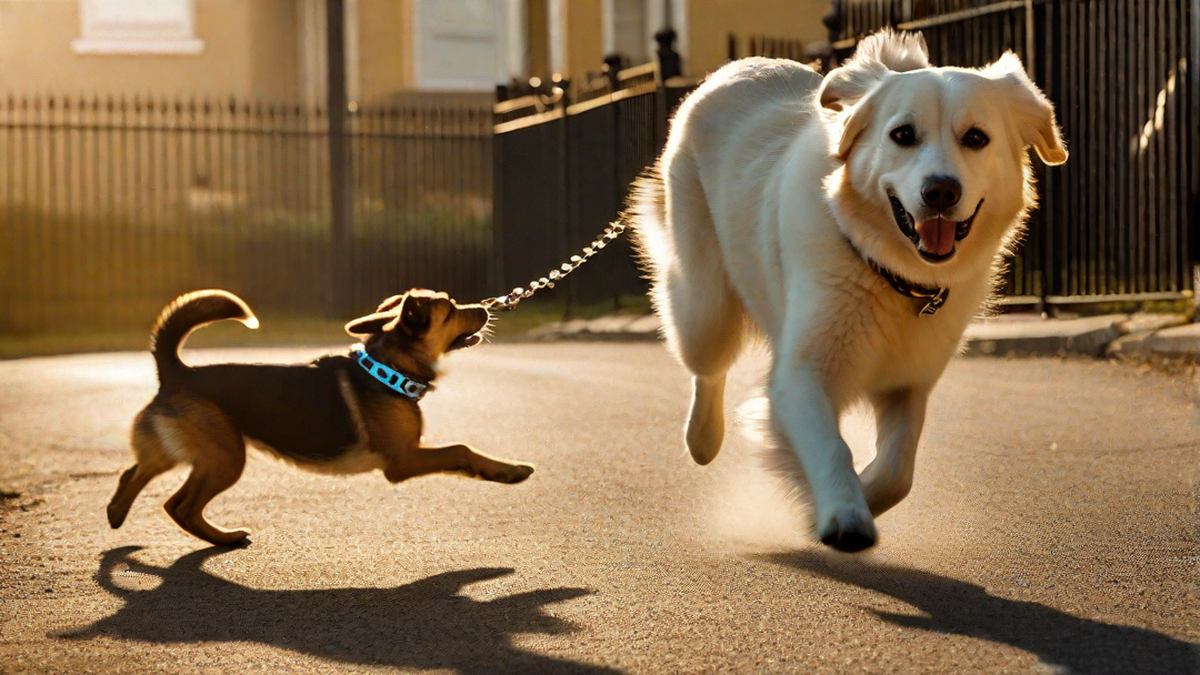It’s a common concern for many pet owners: the fear of their beloved dog running away. Whether it’s due to a high prey drive, curiosity, or simply a lack of training, a dog escaping can be a terrifying experience. As a runner myself, I understand the importance of having a well-trained dog by my side. I’ve often wondered about the effectiveness of shock collars in preventing dogs from running away.
Understanding Shock Collars
Shock collars, also known as e-collars or electronic collars, are devices that deliver an electric shock to the wearer, typically used as a form of remote training or to deter unwanted behavior. The idea of using a shock collar to prevent a dog from running away may seem appealing, but it’s important to consider the potential impact on the dog’s well-being and behavior.
The Controversy
Many animal behaviorists and trainers have voiced concerns about the use of shock collars due to the potential for physical and psychological harm to the dog. While some argue that when used correctly, shock collars can be an effective training tool, others believe that positive reinforcement methods are far more ethical and reliable in the long run.
Effectiveness
Research on the effectiveness of shock collars in preventing dogs from running away is mixed. Some dog owners claim that shock collars have significantly reduced their dog’s tendency to bolt, while others report no change in their dog’s behavior. It’s crucial to consider that each dog is unique, and their response to a shock collar may vary.
Consider the Alternatives
Before resorting to a shock collar, there are several alternative methods that can be explored. Building a strong recall command, providing ample physical and mental stimulation, and establishing boundaries through positive reinforcement training are all effective ways to prevent a dog from running away without the use of aversive tools.
My Personal Stance
As an avid dog lover and advocate for positive reinforcement training, I cannot ignore the potential risks and ethical concerns associated with shock collars. While I understand the desperation of wanting to keep a dog safe, I firmly believe in investing time and effort into building a strong bond and training foundation with my furry companion.
Conclusion
While the idea of using a shock collar to stop a dog from running away may seem like a quick fix, it’s crucial to weigh the potential consequences and consider alternative training methods. Building a strong relationship based on trust and positive reinforcement is, in my experience, the most effective way to keep a dog from straying. With patience and dedication, it’s possible to train a dog to stay by your side without the need for aversive tools.

